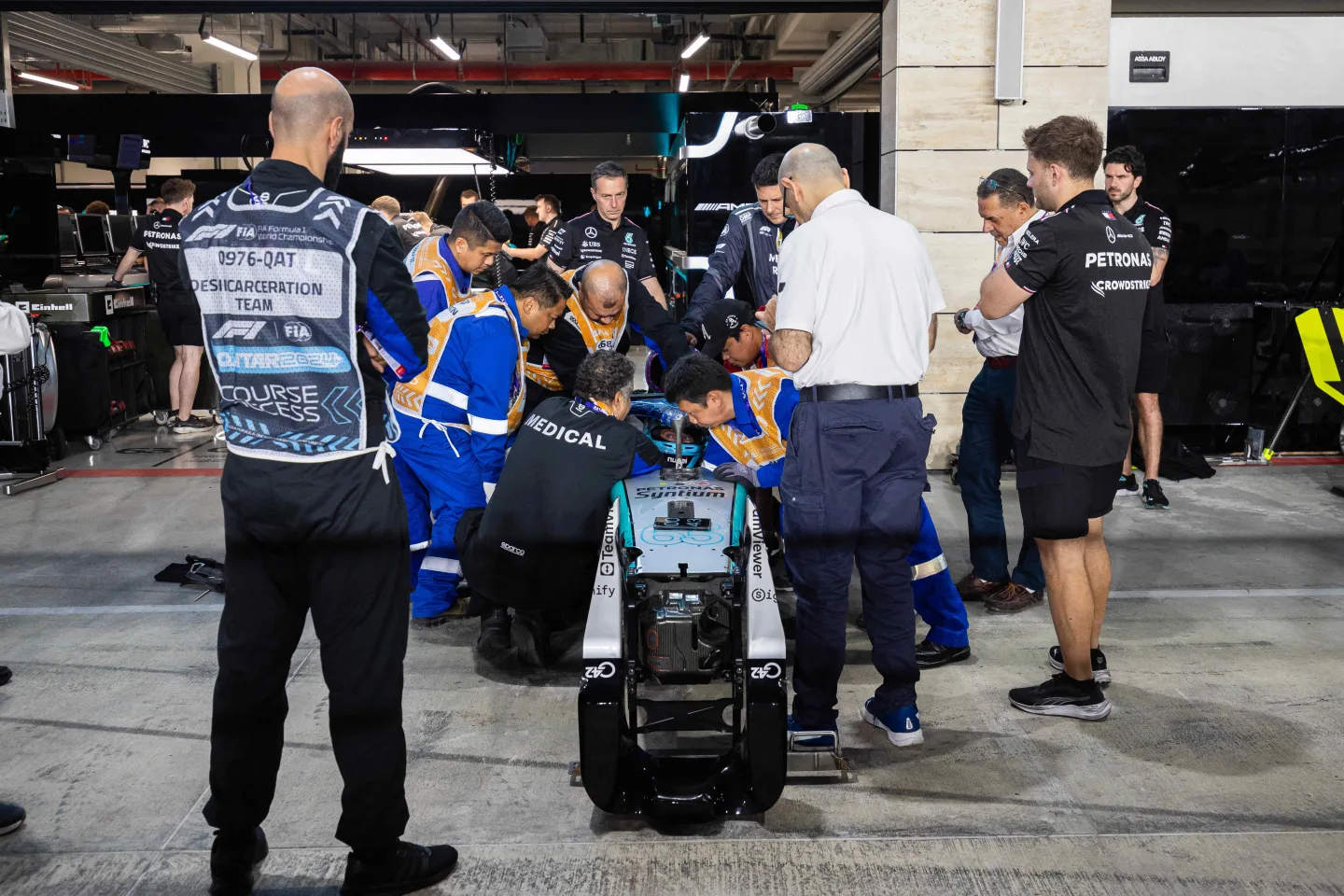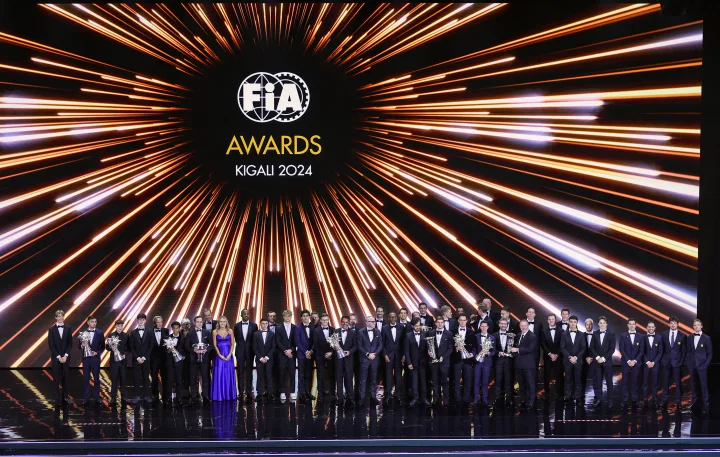FIA MANUFACTURERS’ COMMITTEE
Key Achievements
- Four meetings held in 2024
- Management of Committee transferred to FIA Technical & Safety Department
- New Committee President elected
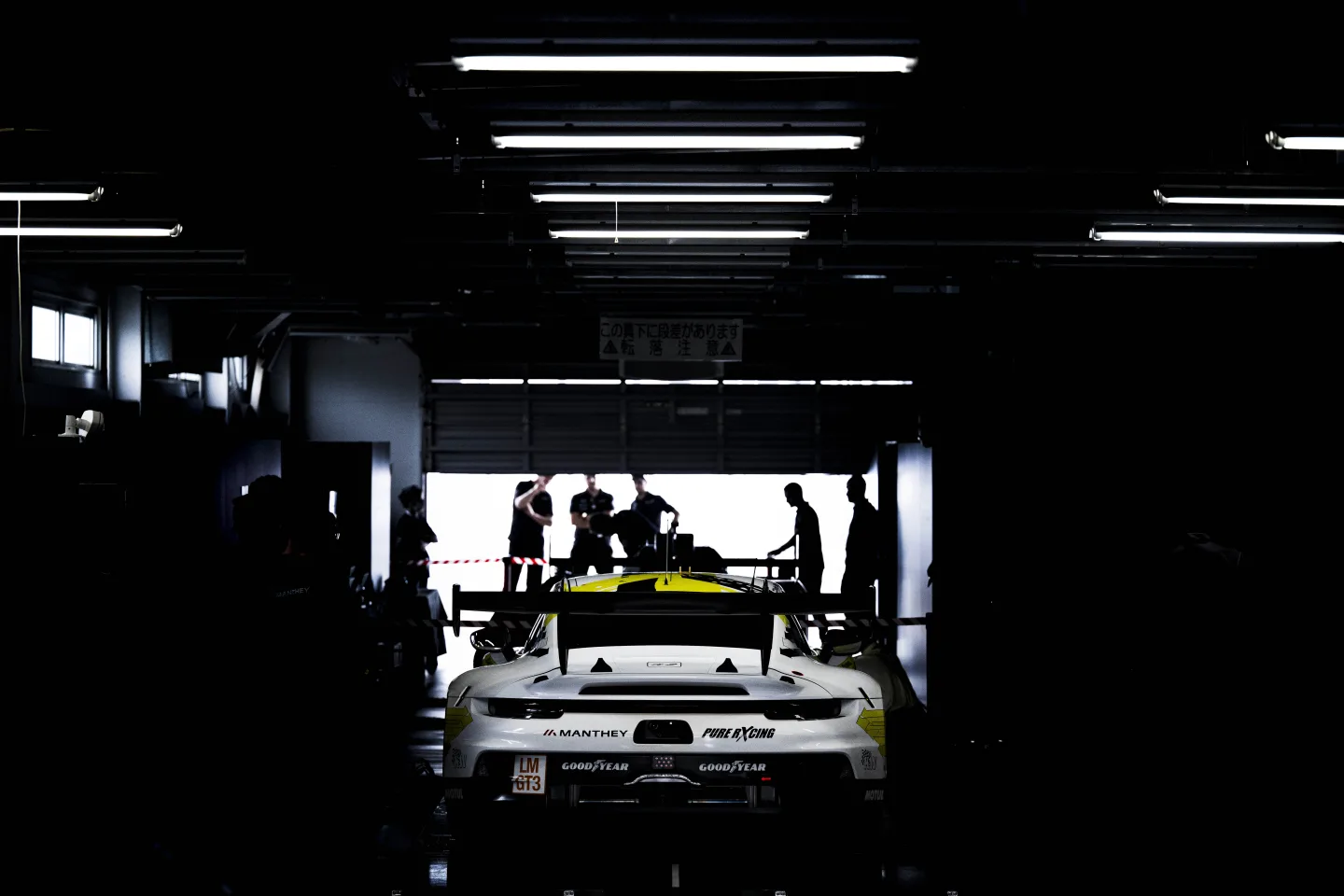
In 2024, the Manufacturers’ Committee, featuring representation from 28 automotive manufacturers worldwide, held four meetings, during which a number of topics were discussed, including:
- New technologies and their implementation in FIA Championships;
- Environmental and sustainability developments;
- The evolution of FIA Championships.
The FIA reiterated its commitment to engaging with manufacturers, adding that the evolution of the Committee underscored the FIA’s dedication to sharing its progress in sustainability and new technologies applicable to motor sport.
In July 2024, the management of the FIA Manufacturers’ Committee was transferred to the FIA Technical & Safety Department. Lutz L. Linden was appointed by the World Motor Sport Council in October 2024 and tasked with addressing future technological and environmental challenges in motor sport.
To foster a smoother and more productive relationship with Manufacturers, the WMSC also validated a Vice Presidential election proposed by the Committee members.
FIA TECHNICAL DEPARTMENT
Key Achievements
- Developed 2025 BOP management for FIA World Endurance Championship and worked on definition of new LMP2 class
- Presented WRC27 regulations to the World Motor Sport Council
- Conducted homologation of Gen3Evo car in the ABB FIA Formula E World Championship and worked on implementation of fast-charging functionality during races
- Worked on the implementation of torquemeters for Ultimate class vehicles in the FIA World Rally-Raid Championship
- Created a new expertise group dedicated to R&D to accelerate the implementation of new technologies
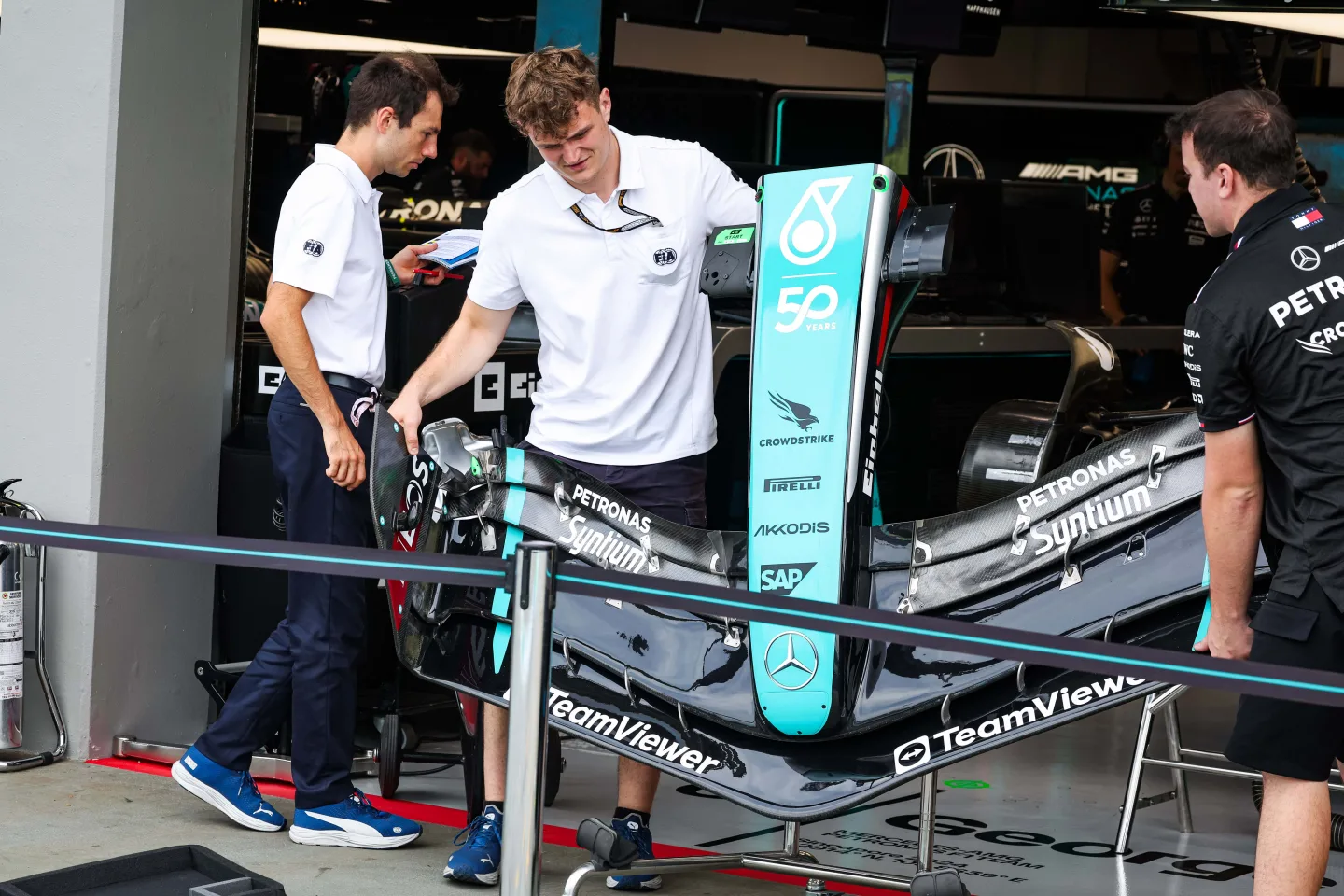
Technical Engineering and R&D
In 2024, the Department created a new expertise group dedicated to R&D to accelerate the implementation of new technologies and strengthen the FIA’s leadership in advancing development within the automotive ecosystem.
In 2024, it worked on:
- Providing development resources and technical expertise in Formula 1 for sporting and technical matters covering powertrain, electronics, data systems and performance analysis and supported the improved monitoring of pit stop performance and safety. In preparation for the Regulation changes coming in 2026, the group chaired several working groups tasked with the review and application of the 2026 Regulations (powertrain, electronics, energy management, moveable aerodynamics). It also followed-up single supply component development, testing and production, covering a wide range of sensors, electronic control units and power unit components, supported the application of the Financial Regulations in relation to FIA projects in the fields of powertrain and electronics, and surveyed the requirements for the implementation of AI tools.
- Supporting multiple single supply elements to be implemented in different championship such as The FIA Formula One World Championship, in which the 2026 Regulation will count 18 single supplies, the FIA World Rally Championship (new tyre supplier), and the ABB FIA Formula E World Championship (Gen 4 new chassis, new battery and new FPK).
- Development of a new roadmap for the implementation of AI tools in FIA Championships.
- Development and implementation of a new certification for sustainable fuels. The new certification is due to be implemented in F1 2026, and in WRC in 2026.
- Development of a new BOP process in collaboration with the ACO and IMSA.
- Draft of the first Liquid Hydrogen Regulation for Motor Sport.
- Implementation of the first two technology monitoring cells dedicated to cutting edge battery technologies and to new electric motors technology follow up.
- Launch of the FIA Foundation-supported project investigating non-exhaust particle emission analysis in FIA World Championships.
FIA World Endurance Championship
During the 2024 season, the FIA Technical Department managed seven wind tunnel homologation sessions, conducted four CFD analysis programmes for aerodynamic criteria validation, as well as two Centre of Gravity (CoG) measurements as well as aerodynamic stability criteria. Six inspections were performed in the FIA Technical Centre in Valleiry. It also undertook 26 extension forms in LMH and LM GT3 categories. Meanwhile, in preparation for the 2025 season, it approved two LMGT3 and two Hypercar homologations.
In collaboration with the ACO and IMSA Technical Department, it developed the 2025 Balance of Performance management for Hypercar category and LMGT3 category, and the update on the aerodynamic regulations that will be enforced for 2026.
The Technical Regulations for the Hypercar category were also refined, with Technical Working Groups established to validate the changes in agreement with the manufacturers committed to the category, the ACO and IMSA partners. In LMP2, the current homologation cycle has been extended into 2027 for cost-saving reasons. Work is underway to define the new LMP2 class, scheduled to arrive in 2028.
FIA World Rally Championship
The decision was taken to remove the Hybrid Systems for the Rally1 category and as such, the Department managed the necessary updates to the Rally1 Technical Regulations. In December 2024, the WRC27 Technical Regulations were proposed to the World Motor Sport Council with additional work to be carried out in 2025, mainly in the areas of chassis and bodyworks to refine the Regulations.
In preparation for the tyre supplier for all 4WD cars to change from Pirelli to Hankook in January 2025, the FIA Technical Department worked together with Hankook on the development of those tyres.
In Rally3, the Department worked on Technical Regulations that will allow OEMs to homologate bigger segment cars, particularly SUVs, from 2026.
ABB FIA Formula E World Championship
The Department conducted the Gen3Evo car homologation for the six registered manufacturers, including new entrant Lola-Yamaha. In preparation for the start of Season 11 in December 2024, the Department worked with selected supplier, Fortescue, to implement fast-charging functionality during races. The system allows for up to 600Kw charge power and appears for the first time in an FIA World Championship.
The Technical Department also led the development of the next generation of Formula E, GEN4, featuring a new battery design, a single-seater AWD chassis, aggressive aerodynamics, and a new front powertrain. The first on-track test is scheduled for spring 2025.
Cross Country
During 2024, the FIA Technical Department worked on the implementation of torquemeters for Ultimate class vehicles. The Department also conducted a number of dyno tests for Ultimate cars and as a consequence, several new cars were entered in the category, including Dacia, Ford, and the petrol-engined Mini.
Elsewhere, new Technical Regulations were implemented in the SSV class. Technical Regulations and OEM homologations were implemented. As a result, one SSV (CANAM) was homologated in time for Dakar 2025. New STOCK Technical Regulations were also created.
Rallycross, Autocross and Cross Car
In Rallycross, the Department worked on the implementation of the Battle of Technologies and the necessary amendments to the category’s Technical Regulations. In Cross Car, several chassis were homologated, bringing the total number of homologated chassis to 42. A number of updates were also made to the Technical Regulations in the Junior category. In Autocross, FIA Technical Delegates worked in collaboration with the local scrutineering team to control more than 100 cars at certain events.
FIA Extreme H World Cup
The Department was involved in a working group to define the content of the agreement between the FIA and the series promoter for a first event to be held at end of 2025. Working with the promoter, the Department defined the series roadmap, focusing on hydrogen technology promotion as part of the global FIA sustainability objectives.
Karting
The FIA Technical Department began work on the development of regulations for electric drivetrains in Karting and the certification of projects. As requested by the commission, development of this category will also form part of this activity.
ETRC/Truck racing
The Department started worked on new Regulations for 2027. Goodyear was also selected as the official championship supplier and technical partner for a three-year period.
Touring car
Successful first season on the World Tour and the publication of new Touring Car Lite Regulations for National Championships. The first homologations should be issued in 2025.
GT
2024 saw a successful round in Macau, as well as important evolutions of the rules.
Hill climb
The Department was responsible for the development of the performance factor for category 2, which will be rolled out in 2025. It also supported a number of ASNs with the deployment of this tool at national level, including the Saudi Arabian ASN.
Bridgestone FIA ecoRally Cup
The ecoRally series was met with great interest from the ASNs, and the FIA Technical Department supported the Chinese ASN with its candidate event, which featured 50 crews, and which resulted in the establishment of an FIA event in 2025.
Drag racing
A successful first year with a promoter enabled the Department to continue developing the Regulations for Europe and to also work with the American organisation.
Drifting with the MSG event
Based on the Regulations developed by the Department the technical level has improved, which will facilitate the establishment of further events in the years to come.
FIA HOMOLOGATION COMMITTEE
Key Achievements
- Approved one new Group A car (GR Yaris RS 1.5L) and one new Group A engine
- Reviewed and proposed updates to Appendix J and Homologation Regulations
- Increased the number of Committee meetings (minimum four, maximum six)
- Updated regulations for Group A, Electric Touring Cars, and Cross Country safety cages
- Clarified definitions for Group N, Group A, and R-GT cars and safety equipment
- 141 homologation extensions across all types
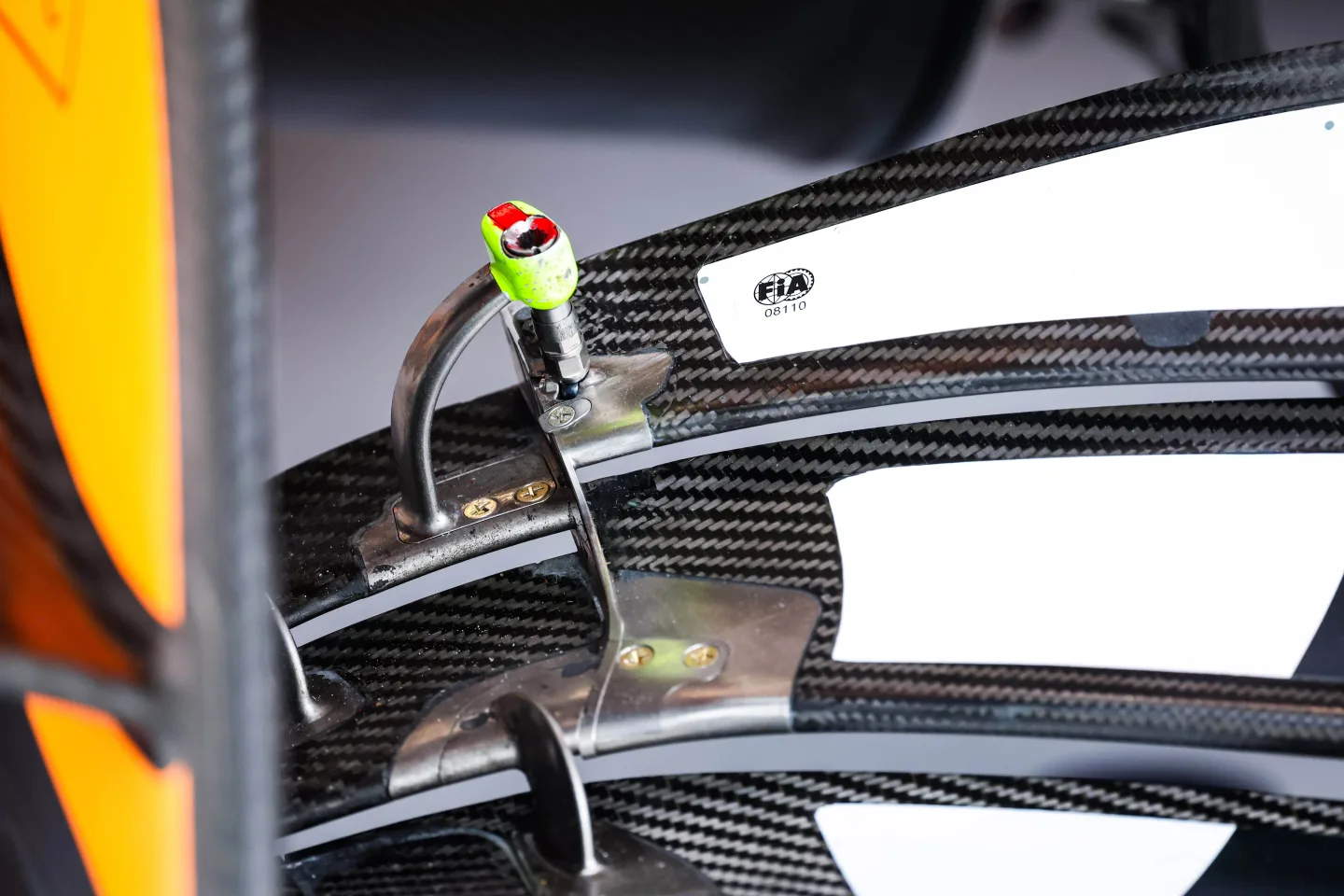
On behalf of the Committee, the FIA Technical Department undertook the approval of one new vehicle, the GpA (GR Yaris RS 1.5L (MXPA12)) and one new engine for GpA. In all, there were 141 Homologation Extensions (of all types), including 63 Errata (ER), 23 Jokers for Rally (ERJ), 34 Supply-Variants (VF), 35 Option-Variants (VO), 3 Evolutions of Type (ET), 3 Complementary Information, 1 GT3 Evolution (EVO), and 1 Rally 2 Variant (VRa2).
In the area of Regulations, the Committee reviewed, developed and presented to the World Motor Sport Council a series of amendments/clarifications to Appendix J of the International Sporting Code (ISC) and the Homologation Regulations, either directly or at the request of and/or in cooperation with other sporting commissions of the FIA. Among the topics addressed were an increase in the number of Homologation Regulation Committee meetings from a minimum of two and maximum of four to a minimum of four and maximum of six, wording updates in Group A Car and Electric Touring Car Regulations, as well updates the Regulations concerning safety cages in Cross Country events. In relation to Appendix J, the Committee focused on clarifications and definitions of cars and safety equipment in Group N, A (and extensions) and R-GT.
FIA SAFETY COMMITTEE
Key Achievements
- The FIA Safety Committee presented a new Karting Light Panels Standard
- Second edition of FIA Safety Week held in 2024
- 6 safety standards updated
- 6 FIA standards guidelines published
- 7 ASN Safety Bulletins publishe
The FIA Safety Committee presented a new Karting Light Panels Standard to the World Motor Sport Council in October. Six other standards were also updated for Advanced Helmets, Protective Clothing, Accident Data Recorder, Open Cockpit Fire Suppression Systems, Racing Nets, and Safety Harnesses. The FIA Safety Department is currently drafting an additional standard for Safety Fuel Bladders.
The Committee was involved in making several updates to the ISC, including changes to Appendix L in relation to drivers’ licences, medical examinations, and drivers’ safety equipment; Supplement 1 relating to the super license point table; and Supplement 2 relating to WADB declarations. Updates were also made to Appendix O in relation to circuit licenses, inspections, and maintenance; and to Appendix H relating to equipment, medical and marshals’ equipment, signals, and procedures.
FIA General Regulations were updated during the year, including Homologation Regulations for Circuit Equipment, Internal Regulations for the FIA Closed Road Commission, FIA Circuit Commission, FIA Medical Commission, and the FIA Safety Committee.
A number of FIA Safety Specifications were updated during the year, including Accident Data Recorders – how to download and erase of the data for Technical Delegates; the addition of FK 5-1-12 to HV-compatible extinguishing medium; fliers for pre-race checks for scrutineers and competitors; and shoulder belt installation in Cross Country category vehicles.
Over the course of the year, the Committee communicated these safety improvements and other educational information through seven ASN Safety Bulletins. The full list of Bulletins can be found here.
The Committee participated in and/or organised a number of training programmes during the Monte Carlo WRC, Slovakia Scrutineer Seminar, London E-Prix, the World Baja Cup in Aragon, the World Rally-Raid du Maroc, the Mondokart.com FIA Karting World Championship event at PF International in the United Kingdom, and the FIA Motorsport Games in Valencia. The Committee organised scrutineers’ training at a number of events and held safety seminars, officials training programmes, and e-briefings for volunteers and officials, teams, and drivers. The Committee also worked closely with other industry leaders on the second edition of FIA Safety Week. A total of 3,192 people registered to watch the event.
Finally, the Industry Working Group held 10 meetings (two plenary meetings and eight meetings dedicated to specific products).

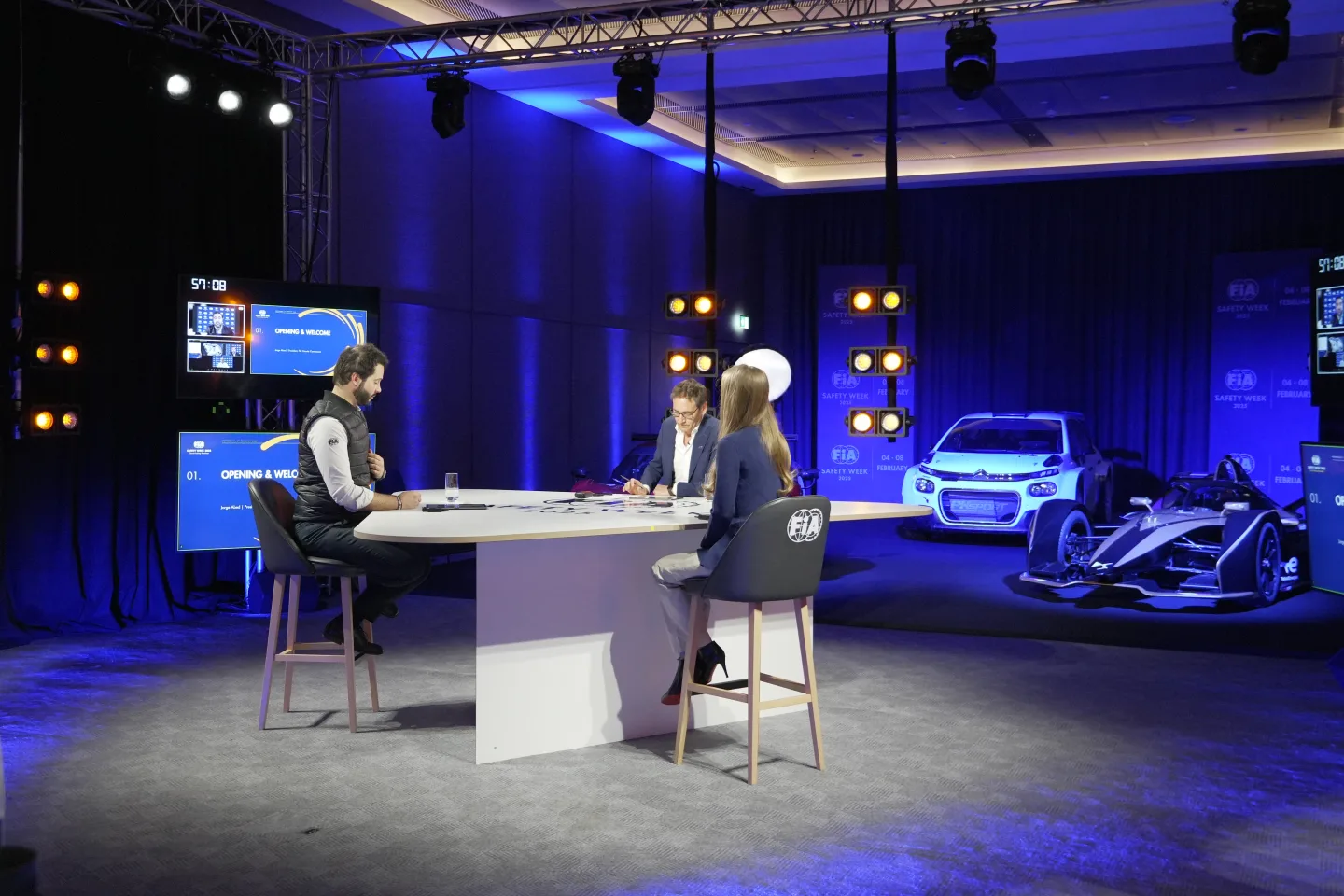
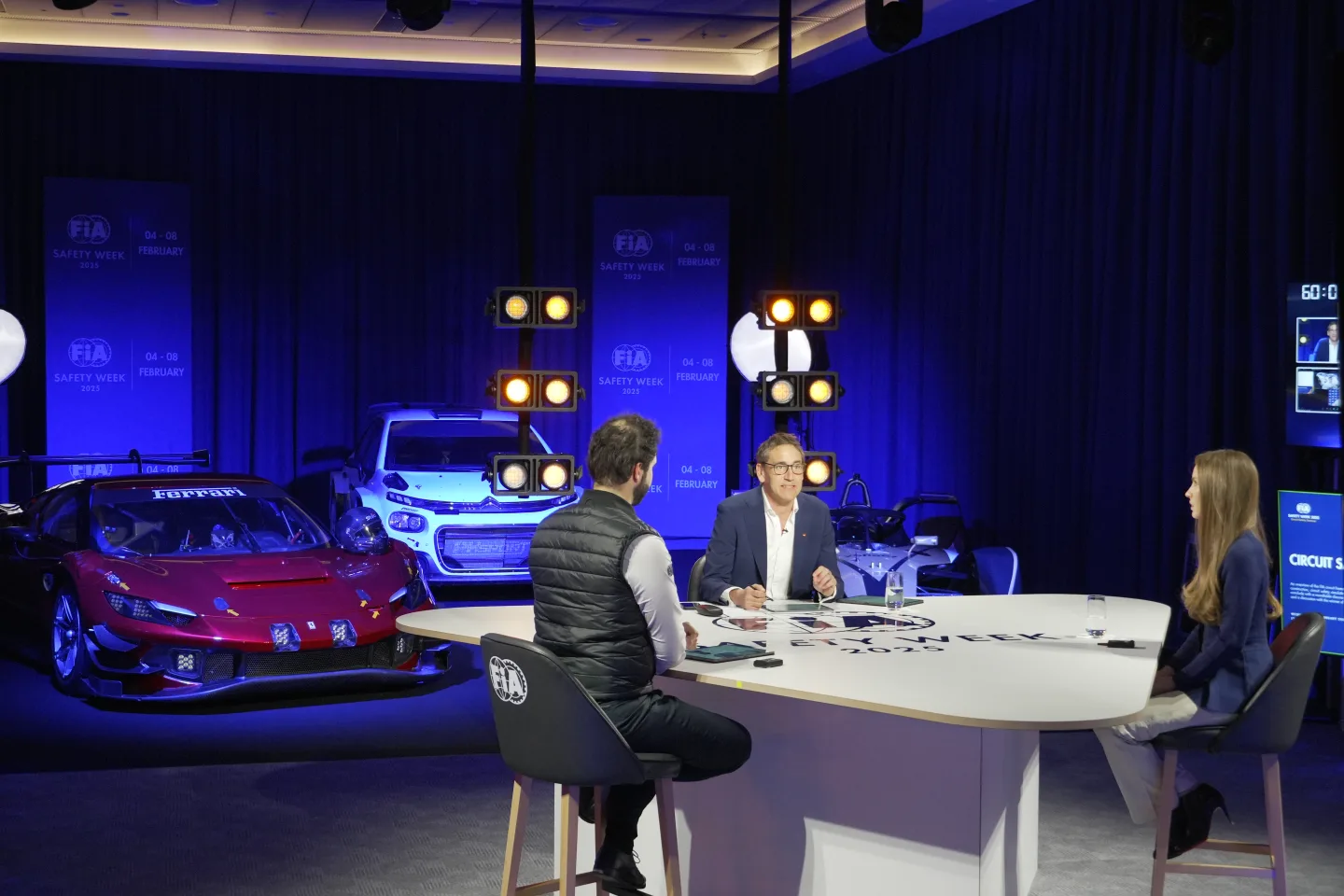
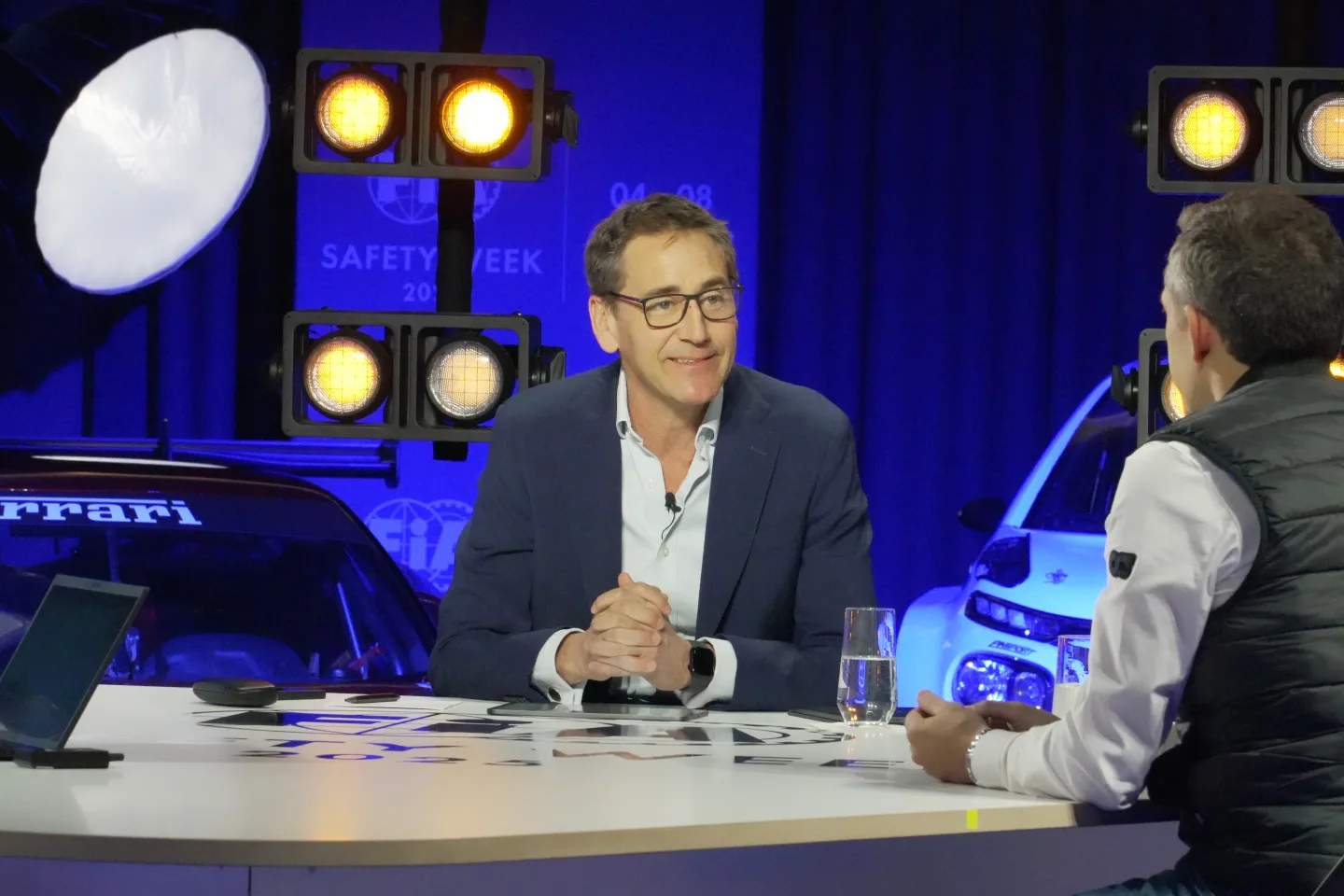
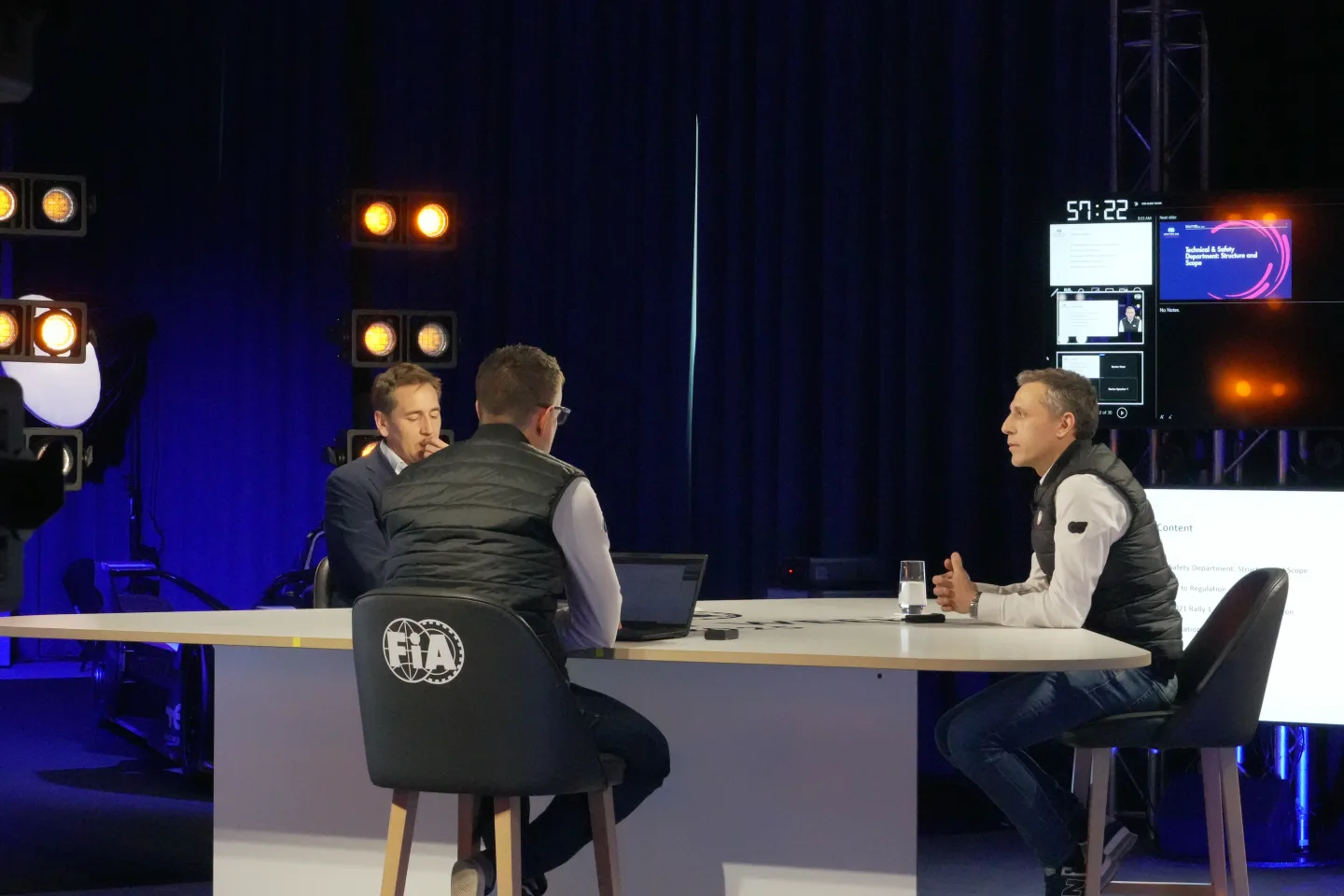





The FIA Safety Committee presented a new Karting Light Panels Standard to the World Motor Sport Council in October. Six other standards were also updated for Advanced Helmets, Protective Clothing, Accident Data Recorder, Open Cockpit Fire Suppression Systems, Racing Nets, and Safety Harnesses. The FIA Safety Department is currently drafting an additional standard for Safety Fuel Bladders.
The Committee was involved in making several updates to the ISC, including changes to Appendix L in relation to drivers’ licences, medical examinations, and drivers’ safety equipment; Supplement 1 relating to the super license point table; and Supplement 2 relating to WADB declarations. Updates were also made to Appendix O in relation to circuit licenses, inspections, and maintenance; and to Appendix H relating to equipment, medical and marshals’ equipment, signals, and procedures.
FIA General Regulations were updated during the year, including Homologation Regulations for Circuit Equipment, Internal Regulations for the FIA Closed Road Commission, FIA Circuit Commission, FIA Medical Commission, and the FIA Safety Committee.
A number of FIA Safety Specifications were updated during the year, including Accident Data Recorders – how to download and erase of the data for Technical Delegates; the addition of FK 5-1-12 to HV-compatible extinguishing medium; fliers for pre-race checks for scrutineers and competitors; and shoulder belt installation in Cross Country category vehicles.
Over the course of the year, the Committee communicated these safety improvements and other educational information through seven ASN Safety Bulletins. The full list of Bulletins can be found here.
The Committee participated in and/or organised a number of training programmes during the Monte Carlo WRC, Slovakia Scrutineer Seminar, London E-Prix, the World Baja Cup in Aragon, the World Rally-Raid du Maroc, the Mondokart.com FIA Karting World Championship event at PF International in the United Kingdom, and the FIA Motorsport Games in Valencia. The Committee organised scrutineers’ training at a number of events and held safety seminars, officials training programmes, and e-briefings for volunteers and officials, teams, and drivers. The Committee also worked closely with other industry leaders on the second edition of FIA Safety Week. A total of 3,192 people registered to watch the event.
Finally, the Industry Working Group held 10 meetings (two plenary meetings and eight meetings dedicated to specific products).
FIA EQUIPMENT APPROVAL GROUP
Key Achievements
- Launch of a new web platform to manage the homologation process, accessible to all ASNs
- Continued growth of the FIA labelling programme
- 410 new homologations released and granted
- 74 re-homologation received and approved
- 12 test house approvals received and granted
- Over 1.2 million holograms sold
In 2024, the Group released 410 new homologations, up from 343 in the previous year. All were granted. Seventy-four re-homologation requests were received, with all being approved. Twelve test house approval requests were received and again, all were granted.
Since September 2024 the homologation process has been managed via a web platform that gives all ASNs the right to connect, upload the documents and follow homologation status.
The labelling programme started in 2012 to improve the identification of FIA-approved equipment is still growing and in 2024, the Federation sold over 1.2 million holograms.
FIA CIRCUITS COMMISSION
Key Achievements
- The FIA Circuits Commission made several changes to its operating structure in order to increase response time
- New Working Groups established to better service homologated circuits with clear guidelines and support
- 67 new and modified circuit project studies carried out
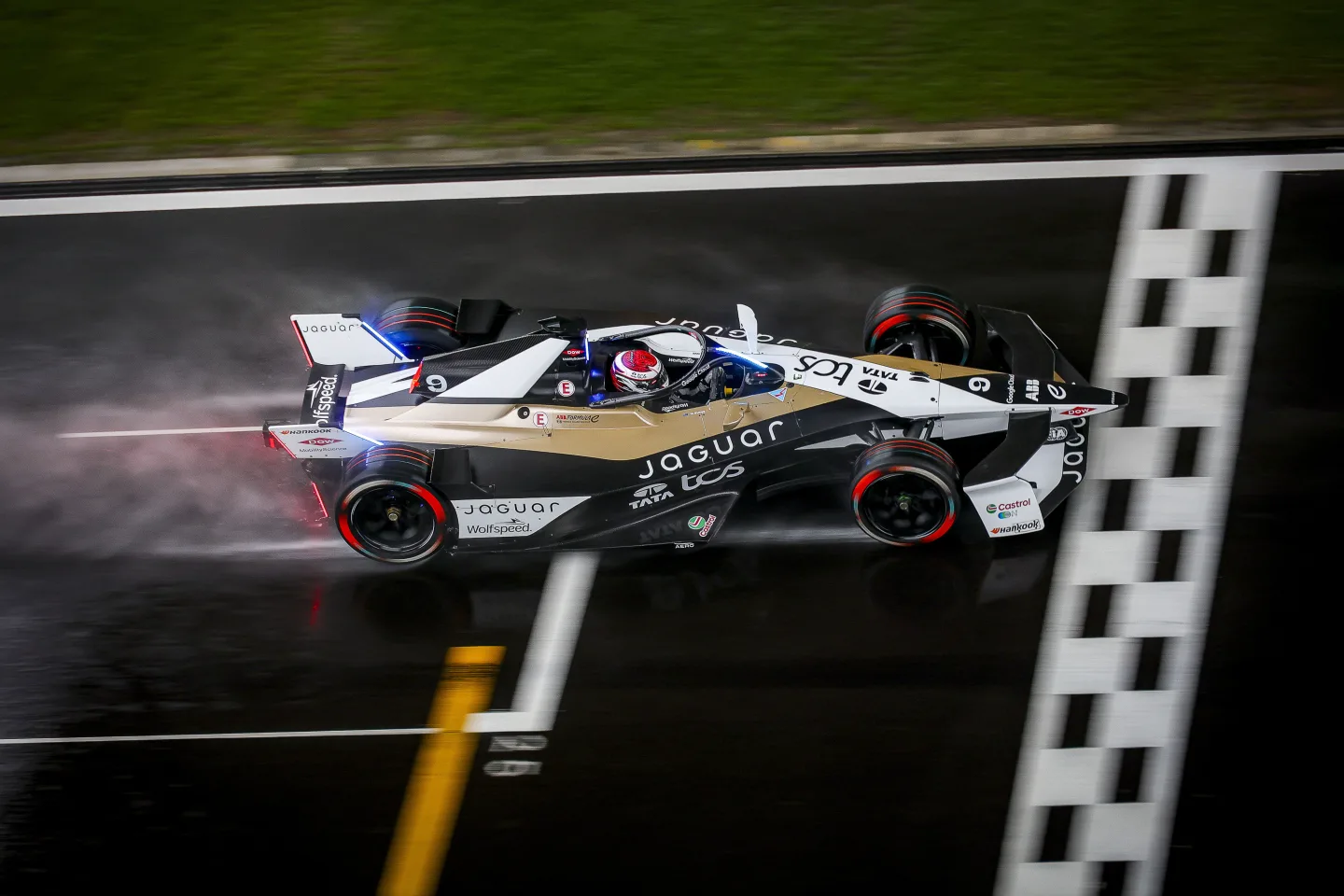
Circuit Projects
In 2024, 67 new and modified circuit project studies were carried out. Thirty-six new circuit projects were discussed at the FIA Circuits Commission, 31 of which were internal circuit project studies. Twenty new or modified Grade 1 circuits for Formula 1 were studied including: Qiddiya Speed Park, IFEMA Madrid, Auto Moto Park, Hungaroring, Silverstone, Miami, Shanghai, U-Tapao Airport City, Qatar-Lusail, Singapore, Spa-Francorchamps and Las Vegas. The Commission also undertook performance increase studies on eight FIA homologated circuits for Formula E Gen4. These were: Berlin, London, Jakarta, Mexico, Tokyo, Monaco, and Sao Paulo. Seven new or modified Grade 3E circuits for Formula E were studied including: Shanghai, Misano, Portland, Tokyo, Portland, Sao Paulo, Jeddah.
Circuit Homologation/Licensing Process
The Commission established a Circuits Commission Circuits Project Working Group. Comprised of all FIA Platinum-level circuit inspectors, the Working Group will meet at the request of the FIA Circuits Commission administration to review and make recommendations on new circuits safety projects.
The Working Group’s recommendations will be validated by e-Vote, promoting a better distribution of simulation workload and a quicker response time on the approval of the Circuits Projects, while allowing the Circuits Commission to focus on regulation updates in 2025. Elsewhere, the FIA internal Circuit Safety Analysis System (CSAS) simulation software was further developed to integrate the latest 3D digital circuit models.
Regulation Updates
A number of updates to Appendix O to the ISC were undertaken, including the introduction of a Grade 6GW circuit licence for ice racing circuits used in FIA World Championship Competition events and the development of a Grade FE circuit licence to adapt to the specific needs and rapid evolution of ABB FIA Formula E World Championship cars
The Commission also continued to develop strategies on the following key topics:
- Update of the FIA Safety Road Map, providing insight into application of future circuit safety regulation implementation for all grades of circuit;
- Formation of Working Groups to gather information and consensus on the use and requirements of urethane foam motorcycle barriers, manhole covers, and motor racing circuit pavements;
- Promotion of the Grade T licence to the FIA Industry Working Group and its Circuit Designers, leading to homologation applications from North America, Oceania and Europe.
Working Groups
The Advisory Paper of the Track Limits Working Group was updated in 2024. This paper explains how track limits can be effectively enforced, providing guidance, recommendations, and options for officials conducting various levels of FIA events. The Commission also continued to support the use of various methods of track limit monitoring, including timing loops and trackside camera systems.
To respond to requests from FIA Member Clubs to reduce the logistical and financial burden of removing non-homologated urethane foam barriers from FIA-homologated circuits when in use for four-wheeled motor sport events, the FIA Circuits Commission created a Urethane Foam Barrier Working Group to gather data and examine the use of urethane foam motorcycle barriers during car racing events, to support cost-effective removal, and to identify alternative solutions in conjunction with the FIM (Fédération Internationale de Motocyclisme).
Further to incidents during F1 and other top-tier international events, where media representatives have been identified in restricted locations, thereby compromising safety, the need for a more thorough media plan is essential. To establish a consistent process across all series, the FIA proposes to integrate the media plan with the circuit licence. Any required updates can then be submitted to FIA Circuit Safety group for review and approval, ensuring alignment with safety standards.
To establish the requirements and process, a Media Plan Working Group will develop a set of guidelines and potential Regulations for the Commission members to review and assess. This Working Group will be formed by Commission members and Internal Working Groups members with extensive experience in circuit design and media requirements during high-profile motor sport events.
Finally, taking into account the number of new street circuit projects, and building on the Draft Manhole & Utility Access Covers Guideline document, the FIA has established a Manhole Cover Working Group to further refine the existing documentation with the addition of more data-driven information.
FIA CLOSED ROAD COMMISSION
Key Achievements
- Closed Road Safety Task Force focuses on Hill Climb competition
- Updates made to Appendix H and Sporting Regulations
- FIA World Rally-Raid Championship (W2RC) analysis and safety observation process
- Operational Closed Road Competition Safety Seminars organised
Rally Safety Task Force
In 2024, the Closed Road Competition Safety Task Force (CRCSTF) supported the Autoclub of the Czech Republic and Ecce Homo organisers with the implementation of several safety mitigation plans according to the ongoing road works on Lipina corner for a final reconstruction of the area in 2025. The Task Force also supported the Hellenic Motorsport Federation on the Achladokampos candidate event. Following a Yellow Card for WRC Japan, a Task Force has been validated for the 2025 season to support the Japan Automobile Federation (JAF) on marshal training and operational rally safety.
Regulations
Appendix H to the ISC has been updated to reflect best practice. Arch implementation in the safety dossier has also been made mandatory. The AISC (Artificial Intelligence Safety Camera) has been added to the Regional Rally Safety Regulations (RRSR) and implemented in the FIA European Rally Championship (ERC). Following the implementation of Virtual Chicanes in the FIA World Rally Championship and ERC, a number of articles have been updated with the RRSR. The Cross Country Guidelines were finalised for publication in 2025, following visits to a number of W2RC events.
Safety Seminars & Working Groups
Two operational Closed Road Competition Safety Seminars were run in Central Europe and Asia. A total of 21 ASNs and 42 National Safety Delegates took part in the seminar. Two more regions will be covered in 2025. A new Working Group to look at Marshal interventions during live stages was established in November 2024.
RESEARCH AND STRATEGY WORKING GROUP
Key Achievements
- Debris fence tests and evaluation carried out
- Karting Safety Plan developed
- Work on 2026 Formula 1 safety improvements undertaken
- Seat attenuator developed for Cross Country competition
During 2024, the FIA Research and Strategy Group worked on a new of research projects across a variety of championships. Many have since been implemented.
Six full-scale tests were carried out to evaluate the performance of debris fences built in accordance with FIA guidelines and FIA Standards. The Group also worked on the Karting Safety Plan, accident data gathering and the deployment of an anti-launch system.
A number of safety improvements were developed for Formula 1 in 2026 including: front impact structure angled impact response (Multi-stage concept); a review of chassis sidewall strength (integration of side intrusion panels), and an increase in the primary impact structure load test.
In Cross Country, the Group worked on a seat attenuator that was deployed for the first time at the November 2024 Morocco Rally.
Elsewhere, the Group was involved in the development of a steering damper and the addition of foam to the cockpit of Formula E cars to reduce hand injuries and also worked on the standard for racing net with integrated window nets in closed cockpit cars.
FIA MEDICAL AND RESCUE GROUP
Key Achievements
- Update of the FIA International Sporting Code Appendix H and Appendix L
- Launched education campaign on concussion to ASNs
- Delivered two webinars
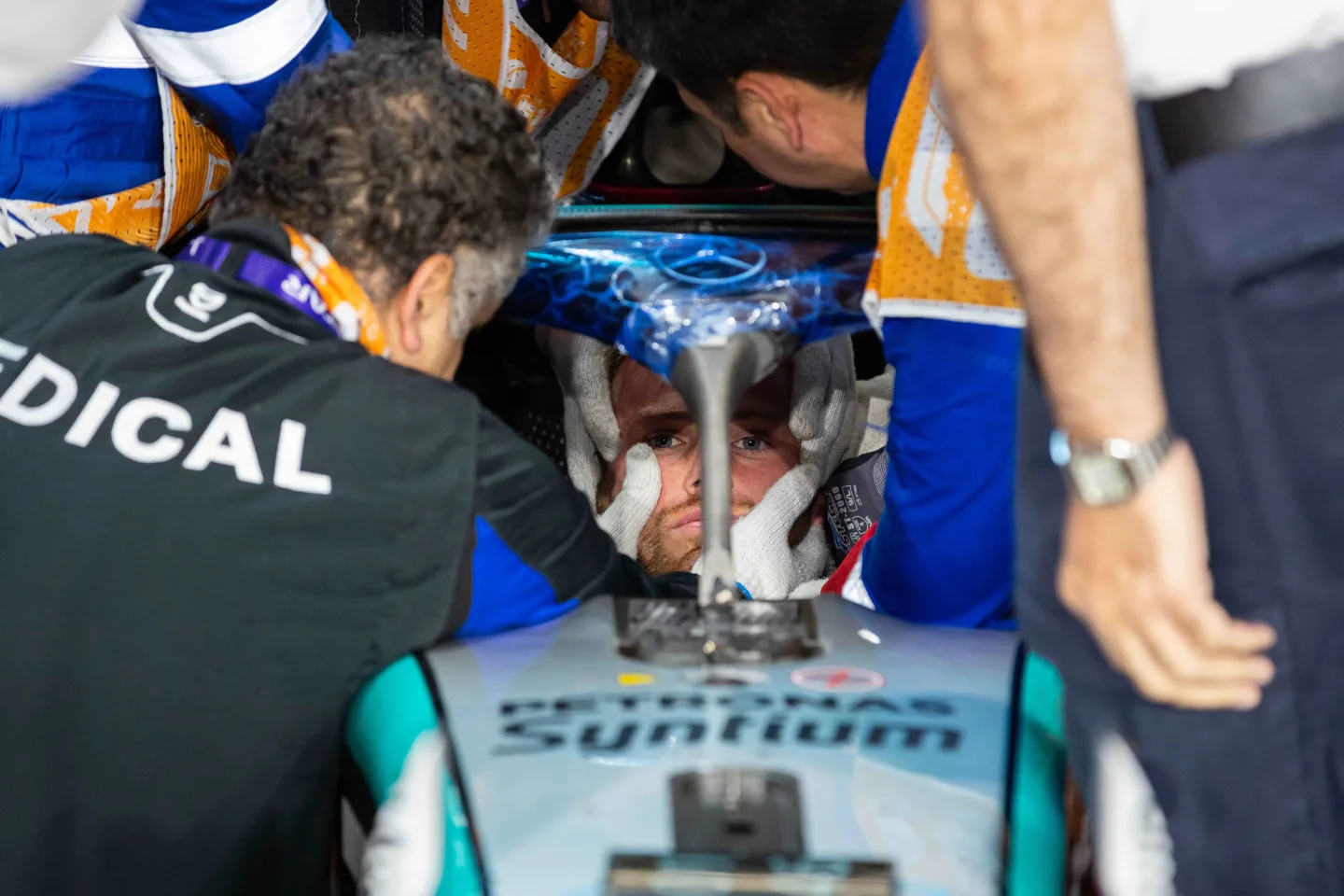
Regulations
The FIA Medical and Rescue Group has been working closely with the Medical Commission to revise and update FIA International Sporting Code Appendix H and Appendix L.
Notable updates include:
- Change of definition from the “medical warning light” to “impact warning light” to reflect the non-medical nature of the device.
- Clarification on the aim and expected participation in the extrication exercise, particularly at Rallies.
- Clear direction on the provision of specialist rescue equipment where the terrain requires, in Rallies.
- Specific diagnosis and reintegration of rules on concussion (Appendix L).
- Helmet removal guidance was updated across all championships.
- The regulation to provide a radiologist at W2RC events was amended in line with best practice.
- The FIA Medical Car Doctor Regulations were amended to mandate pre-hospital qualifications.
- The procedure for the ASN doctor in the FIA Medical Car was updated to make provision for FIA oversight.
Concussion Campaign
The FIA Safety Department and the FIA Communication Department published a campaign to educate drivers and medical staff on the recognition, diagnosis and reintegration process of drivers with concussion.
Medical Examination Safety
The FIA Medical and Rescue Group drafted a guidance document for ASN doctors to use when examining drivers for fitness to race. The document is due to be presented to the FIA Medical Commission in 2025 before its publication in 2025.
Training
The FIA Medical and Rescue Group planned a training event for FIA Delegates to be delivered in early 2025. In 2024, the FIA created six eLearning modules planned for delivery in early 2025. These cover: Introduction to Motor Sport Medicine; Role of the Motor Sport Medical Professional; Role of the Chief Medical Officer; Principles of Pre-Hospital Medicine; The Driver’s Handbook, and Concussion.
